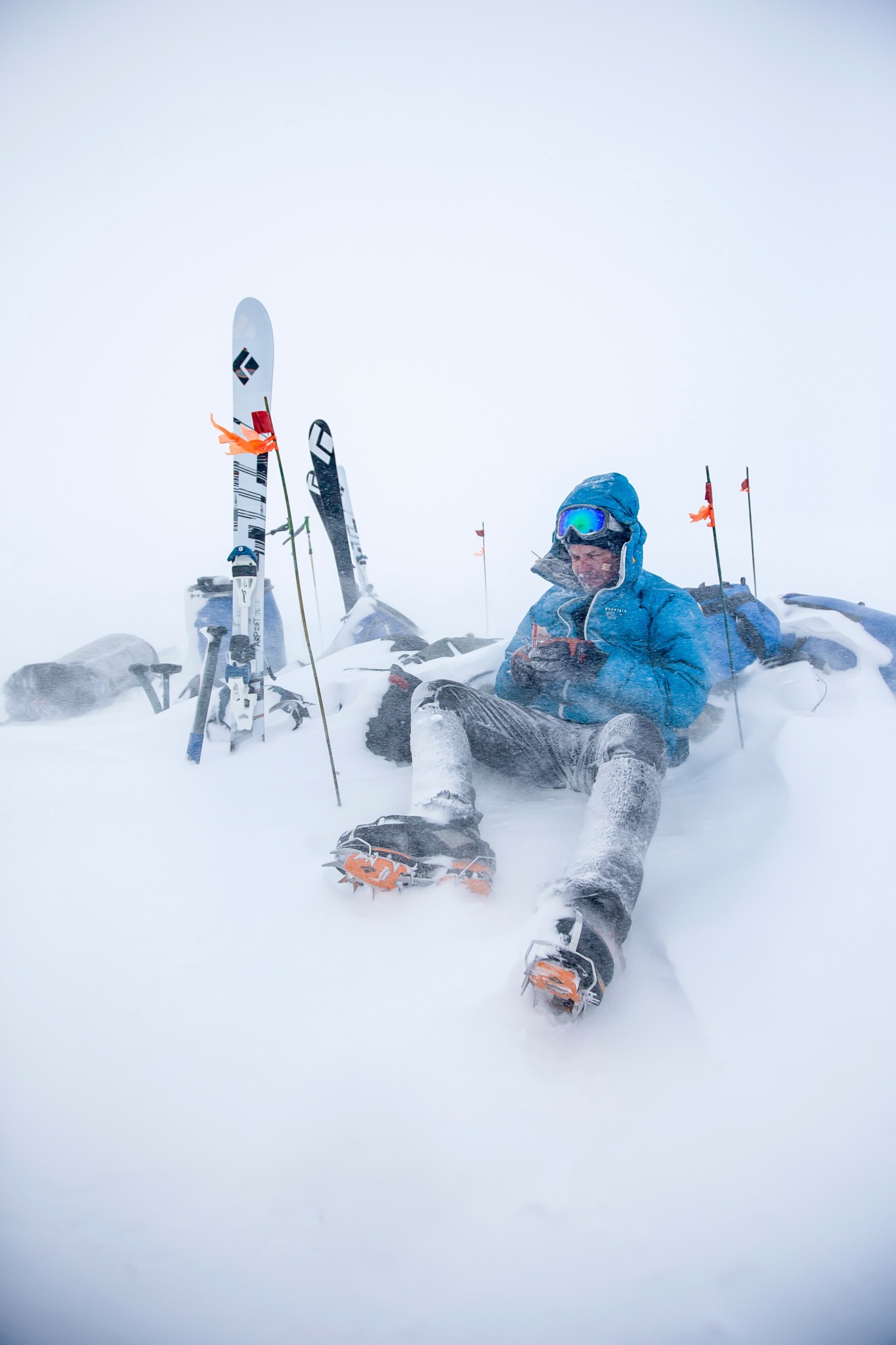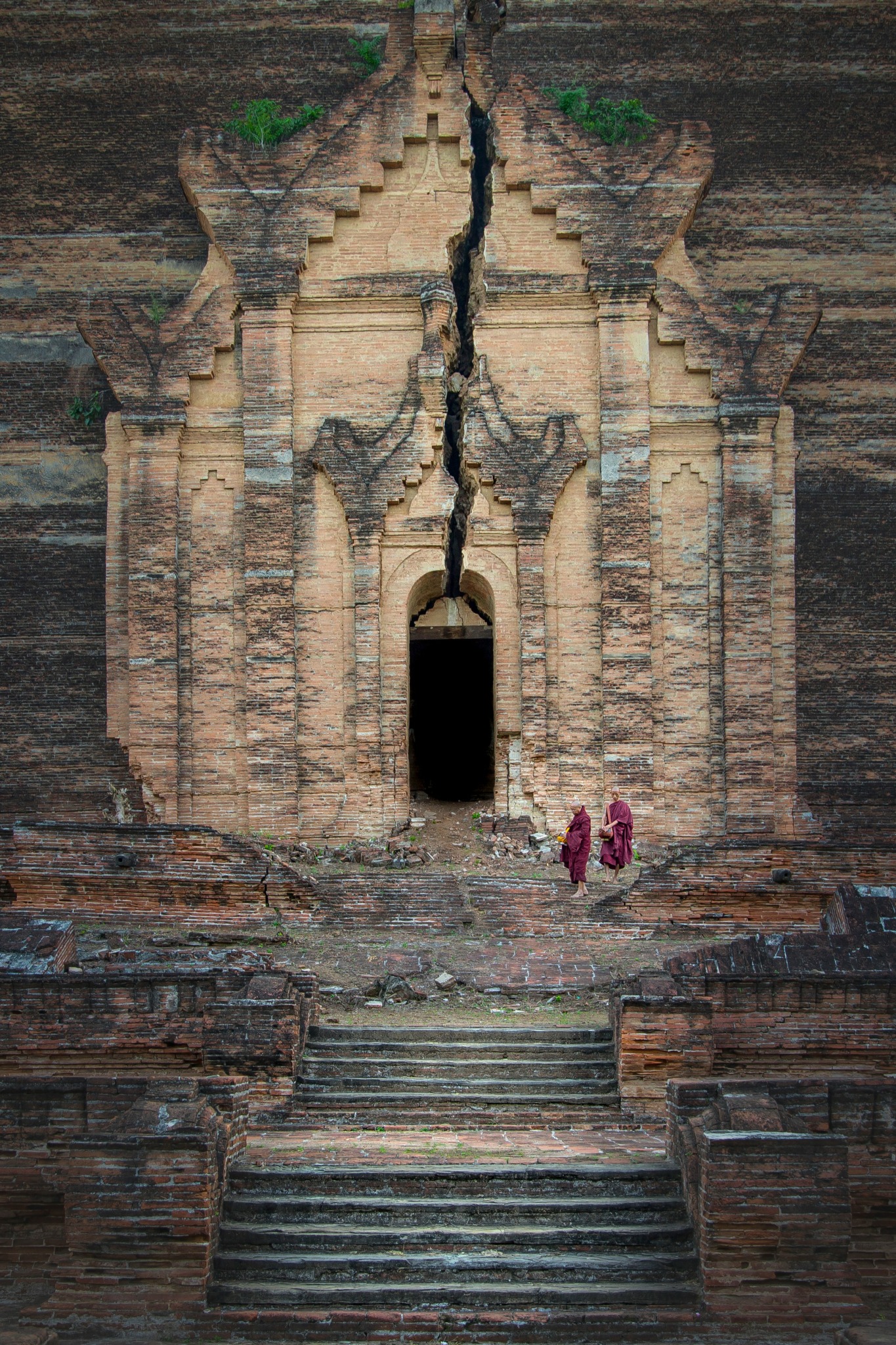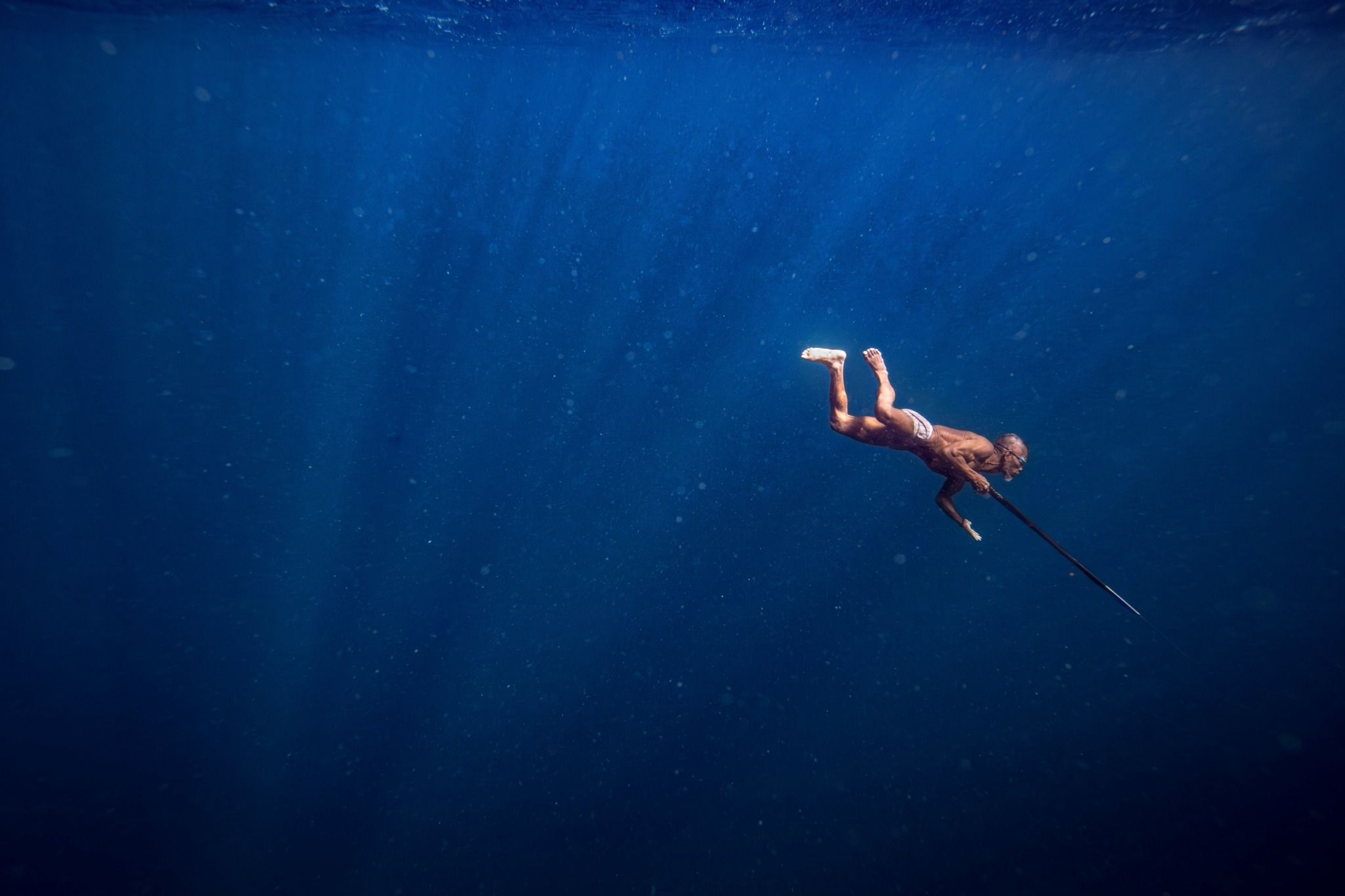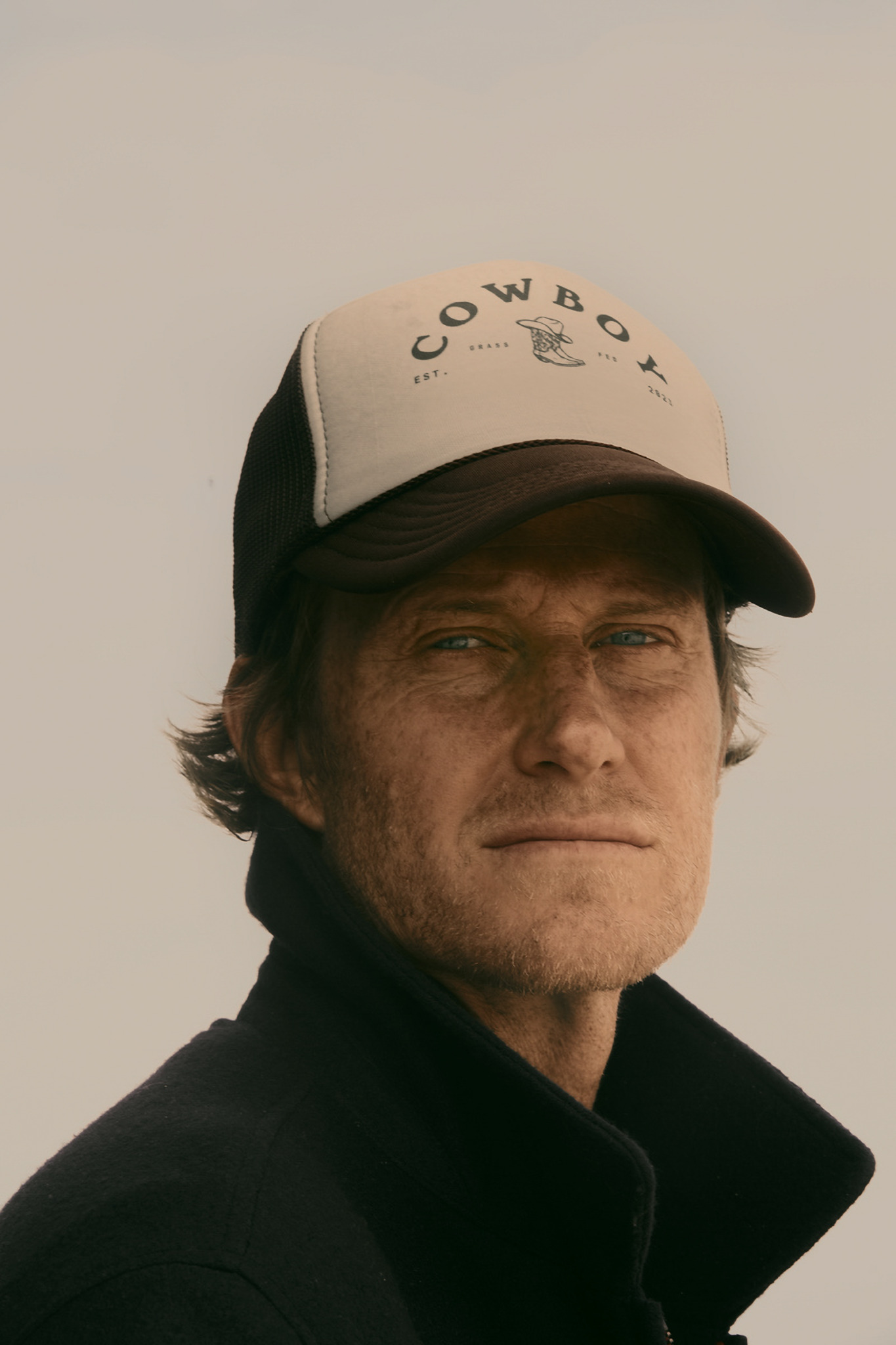We’re excited to introduce you to the always interesting and insightful Cory Richards. We hope you’ll enjoy our conversation with Cory below.
Hi Cory, thanks for joining us today. Earning a full time living from one’s creative career can be incredibly difficult. Have you been able to do so and if so, can you share some of the key parts of your journey and any important advice or lessons that might help creatives who haven’t been able to yet?
It’s hard to define what a full-time living means…because if you’re okay with paying your bills and eating black beans and eggs for every meal, then I almost made that happen from the beginning. Almost. If you’re talking about saving money on top of that, that took years. The pathway to making money is like any entrepreneurial journey: it’s full of ups and downs, and there will be major hiccups along the way. I often offer that to people who want to pursue creative passions as full-time work…that this is just like a startup. Treat it that way, and you’ll be more equipped to handle what comes. You can’t speed up a process. That isn’t how time works. There are no “good” or “bad” decisions, just decisions and results. I will say if I had treated this more like a business, the timeframe might have been different. But it’s a rhetorical question. Timing is always on time. Failure is a myth. Once you can really embrace those ideas as shifts in consciousness rather than semantic arguments, you’re on your way.


Cory, before we move on to more of these sorts of questions, can you take some time to bring our readers up to speed on you and what you do?
I am primarily a speaker now, but I am also an author, artist, former professional athlete and National Geographic photographer and filmmaker. My speaking uses my journey from a high school dropout, homeless, and institutionalized to explorer and artist as a throughline to explore behavior change, resilience, and mental health/fitness. My purpose is to use my story to connect others with theirs, drawing us into a more authentic relationship with ourselves and our messiness and contradictions. Growing that relationship unlocks our creativity and gifts because we no longer use them to hide but instead express ourselves more fully. I have used all different means of creative storytelling as an extension of that purpose to bring the collective story of the human family to bear. Most people think of people in my position as smashing their way through life, riding wave after wave of momentum and gifts. What they don’t see are the mornings when I have been so depressed that I can’t get out of bed. What they aren’t aware of are the relationships that I’ve torched because of an unbalanced life. Using the external, I am to draw people into the internal and invite them into a conversation that makes us all more whole.


What can society do to ensure an environment that’s helpful to artists and creatives?
Art is one of the most significant catalysts for social change. Give generously to the arts and art education. Support art programs and advocate for them. Often, in educational reform, the first things to get gutted are the arts and physical education—both of which are essential for a healthy creative ecosystem and culture and society overall. Invest in the arts—it’s pretty simple really.


How about pivoting – can you share the story of a time you’ve had to pivot?
In 2021, I was planning to climb a new, unclimbed route on Everest without oxygen. Because of Covid, my partners and I were forced to change tack and try to climb another mountain, Dhaulagiri, the seventh highest. At Basecamp, I had what’s called a mixed bipolar episode where hypomania and crushing depression overlap and blur. I also knew that my life as a full-time photographer and climber was over. Some piece of me knew that I had to change. I had wrung those pieces of me dry, and an old identity was suppressing my fullest expression. But if I wasn’t ‘that guy,’ who was I? I had no idea. But I knew I had to walk away. I also knew that my life as a creative wasn’t over; I simply needed to explore other ways to express myself. It was the wake of that pivot, excruciating as it was, that birthed my first book, The Color Of Everything. Just after, I published my second book, BIPOLAR, a collection of my photography work. Fighting to stay the same led me to a place of collapse. I believe the change I needed had been evident for years, but again, timing is always on time. Pivots are usually thrust upon us. Knowing how to listen is a skill.
Contact Info:
- Website: https://www.coryrichards.com/
- Instagram: https://www.instagram.com/coryrichards/?hl=en
- Facebook: https://www.facebook.com/crichardsphoto/
- Linkedin: https://www.linkedin.com/in/cory-richards-690920347/


Image Credits
cory richards


